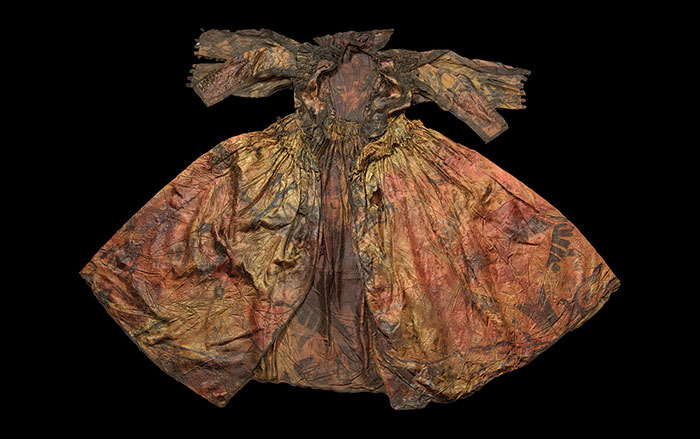STANFORD, CALIFORNIA—Live Science reports that population geneticist Marcus Feldman of Stanford University has proposed a new explanation for the population bottleneck between 5,000 to 7,000 years ago detected in the genes of modern men, which suggest that during this stretch, there was just one male for every 17 females. Feldman and his team conducted 18 simulations that took into account factors such as Y chromosome mutations, competition between groups, and death. The study suggests that warfare among people living in clans made up of males from the same line of descent could have wiped out entire male lineages and decreased the diversity of the Y chromosome. In this scenario, there are not dramatically fewer males, but there was significantly less diversity in their genes. “In that same group, the women could have come from anywhere,” Feldman said. The study found no bottleneck in mitochondrial DNA, which is passed from mother to child. “[The women] would’ve been brought into the group from either the victories that they had over other groups, or they could’ve been females who were residing in that area before,” he said, since the victorious male warriors may have killed all the men they conquered, but kept the women alive and assimilated them. To read about genetic adaptation to life at high elevations, go to “The Heights We Go To.”
Did Most Men Die Off 7,000 Years Ago?
News June 7, 2018
Recommended Articles
Off the Grid January/February 2026
Prophetstown, Indiana

Letter from France January/February 2026
Neolithic Cultural Revolution
How farmers came together to build Europe’s most grandiose funerary monuments some 7,000 years ago

Features January/February 2026
The Cost of Doing Business
Piecing together the Roman empire’s longest known inscription—a peculiarly precise inventory of prices

Features January/February 2026
The Birds of Amarna
An Egyptian princess seeks sanctuary in her private palace

-
Features May/June 2018
Global Cargo
Found in the waters off a small Dutch island, a seventeenth-century shipwreck provides an unparalleled view of the golden age of European trade
 (Kees Zwaan/Courtesy Province of North Holland)
(Kees Zwaan/Courtesy Province of North Holland) -
Letter From the Philippines May/June 2018
One Grain at a Time
Archaeologists uncover evidence suggesting rice terraces helped the Ifugao resist Spanish colonization
 (Jon Arnold Images Ltd/Alamy Stock Photo)
(Jon Arnold Images Ltd/Alamy Stock Photo) -
Artifacts May/June 2018
Roman Sundial
 (Courtesy Alessandro Launaro)
(Courtesy Alessandro Launaro) -
Digs & Discoveries May/June 2018
Conquistador Contagion
 (Christina Warinner. Image courtesy of the Teposcolula-Yucundaa Archaeological Project)
(Christina Warinner. Image courtesy of the Teposcolula-Yucundaa Archaeological Project)


